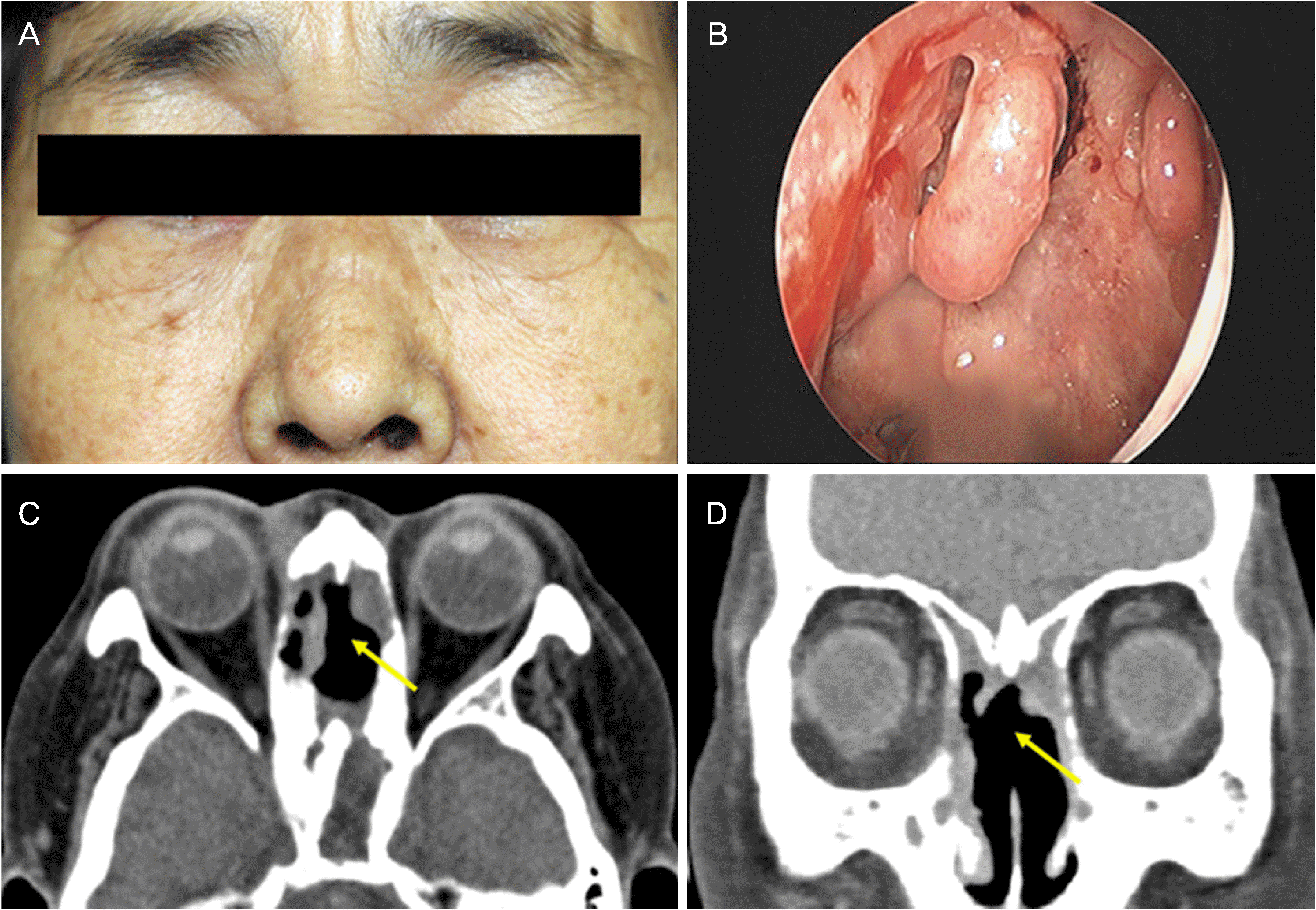1. Falk RJ, Gross WL, Guillevin L, et al. Granulomatosis with polyangiitis (Wegener's): an alternative name for Wegener's granulomatosis. Arthritis Rheum. 2011; 63:863–4.

2. Fahey JL, Leonard E, Churg J, Godman G. Wegener's granulomatosis. Am J Med. 1954; 17:168–79.

3. Leavitt RY, Fauci AS, Bloch DA, et al. The American College of Rheumatology 1990 criteria for the classification of Wegener's granulomatosis. Arthritis Rheum. 1990; 33:1101–7.

4. Jennette JC, Falk RJ, Andrassy K, et al. Nomenclature of systemic vasculitides. Proposal of an international consensus conference. Arthritis Rheum. 1994; 37:187–92.
5. Savige J, Dimech W, Fritzler M, et al. Addendum to the International Consensus Statement on testing and reporting of antineutrophil abdominal antibodies. Quality control guidelines, comments, and abdominal for testing in other autoimmune diseases. Am J Clin Pathol. 2003; 120:312–8.
6. Rao JK, Weinberger M, Oddone EZ, et al. The role of abdominal cytoplasmic antibody (c-ANCA) testing in the abdominal of Wegener granulomatosis: a literature review and meta-analysis. Ann Intern Med. 1995; 123:925–32.
7. Harper SL, Letko E, Samson CM, et al. Wegener's granulomatosis: the relationship between ocular and systemic disease. J Rheumatol. 2001; 28:1025–32.
8. Reinhold-Keller E, Beuge N, Latza U, et al. An interdisciplinary approach to the care of patients with Wegener's granulomatosis: long-term outcome in 155 patients. Arthritis Rheum. 2000; 43:1021–32.

9. Hoffman GS, Kerr GS, Leavitt RY, et al. Wegener granulomatosis: an analysis of 158 patients. Ann Intern Med. 1992; 116:488–98.

10. Joshi L, Tanna A, McAdoo SP, et al. abdominal outcomes of abdominal therapy in ocular granulomatosis with polyangiitis: impact on localized and nonlocalized disease. Ophthalmology. 2015; 122:1262–8.
11. You C, Ma L, Lasave AF, Foster CS. Rituximab induction and maintenance treatment in patients with scleritis and granulomatosis with polyangiitis (Wegener's). Ocul Immunol Inflamm 2017 Jun 19. 1–8. doi:. DOI:
10.1080/09273948.2017.1327602. [Epub ahead of print].

12. Hellmich B, Flossmann O, Gross WL, et al. EULAR abdominal for conducting clinical studies and/or clinical trials in systemic vasculitis: focus on abdominal cytoplasm anti-body-associated vasculitis. Ann Rheum Dis. 2007; 66:605–17.
13. Hogan PC, O'Connell RM, Scollard S, et al. Biomarkers predict abdominal in granulomatosis with polyangiitis. J Biomark. 2014; 2014:596503.
14. Lee SJ, Kim SS, Kim WS. A case of Wegener's granulomatosis with retinal pigment epithelial detachment and subretinal hemorrhage. J Korean Ophthalmol Soc. 2005; 46:176–85.
15. Choi JS, Choi KY. Five cases of Wegener's granulomatosis with ocular manifestations. J Korean Ophthalmol Soc. 1986; 27:903–10.
16. Jabs DA, Mudun A, Dunn JP, Marsh MJ. Episcleritis and scleritis: clinical features and treatment results. Am J Ophthalmol. 2000; 130:469–76.

17. Bullen CL, Liesegang TJ, McDonald TJ, DeRemee RA. Ocular complications of Wegener's granulomatosis. Ophthalmology. 1983; 90:279–90.

18. Terrier B, Dechartres A, Deligny C, et al. Granulomatosis with abdominal according to geographic origin and ethnicity: clinical-biological presentation and outcome in a French population. Rheumatology. 2017; 56:445–50.
19. Sugiyama K, Sada KE, Kurosawa M, et al. Current status of the treatment of microscopic polyangiitis and granulomatosis with polyangiitis in Japan. Clin Exp Nephrol. 2013; 17:51–8.

20. Tsuchida Y, Shibuya M, Shoda H, et al. Characteristics of abdominal with polyangiitis patients in Japan. Mod Rheumatol. 2015; 25:219–23.





 PDF
PDF ePub
ePub Citation
Citation Print
Print


 XML Download
XML Download